Our Simply Good and Beautiful Math curriculum uses a spiral method to teach math. Let’s talk about spiral math—why it works and how we use this approach!
Many parents ask whether our math curriculum uses a spiral or mastery approach, and others wonder what the difference is between the two. We answer these important questions in the video and blog post below!
What is spiral math?
Math curriculums today typically use one of two types of teaching methods: spiral or mastery.
- A spiral approach presents a new concept, provides practice on that concept, and then moves to another skill. Each skill is reviewed and revisited throughout math levels, always adding to prior learning.
- A mastery approach focuses on teaching one full concept completely before moving to a new skill.
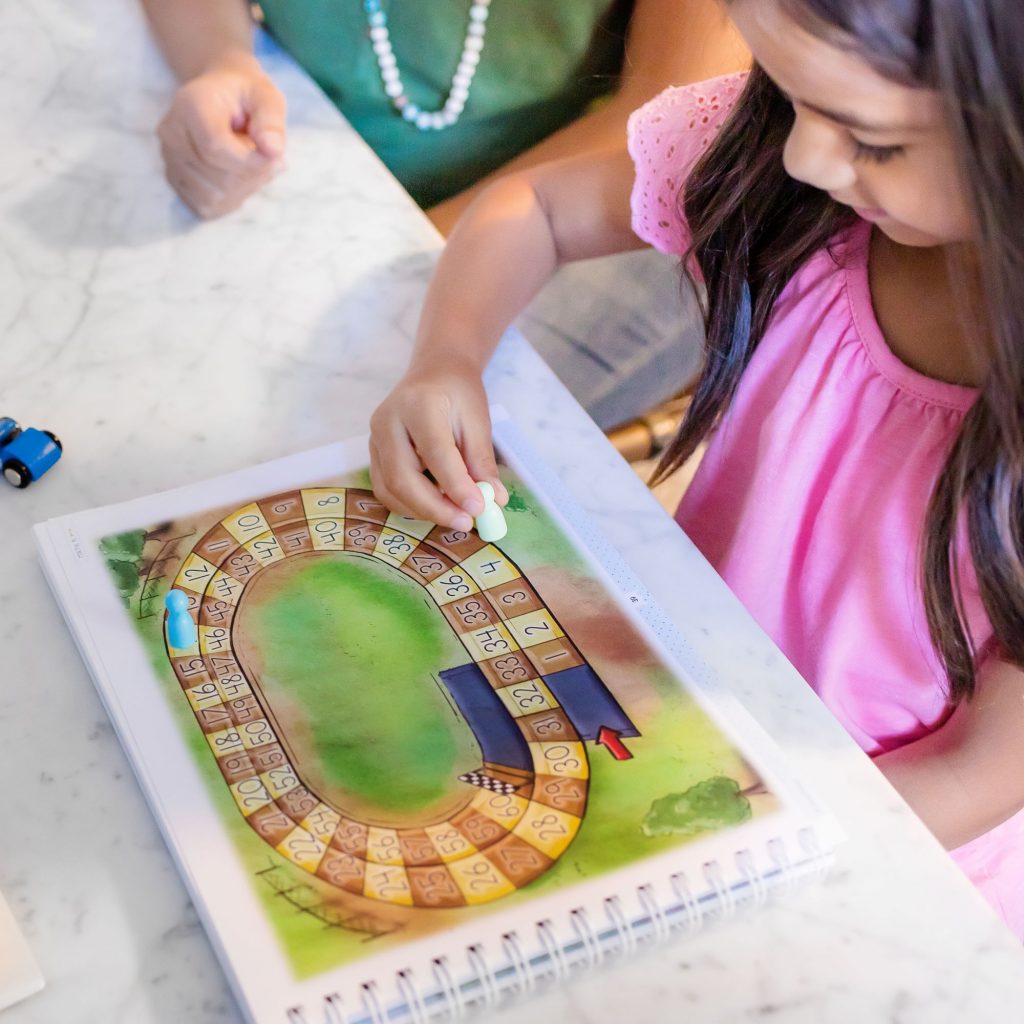
Spiral math builds a strong foundation that continues to grow throughout the years.
Is Simply Good and Beautiful Math spiral or mastery?
Simply Good and Beautiful Math uses the spiral approach. Below we list a few examples of how it is used throughout the courses and three reasons this method works.
#1 Gently introduces students to new concepts.
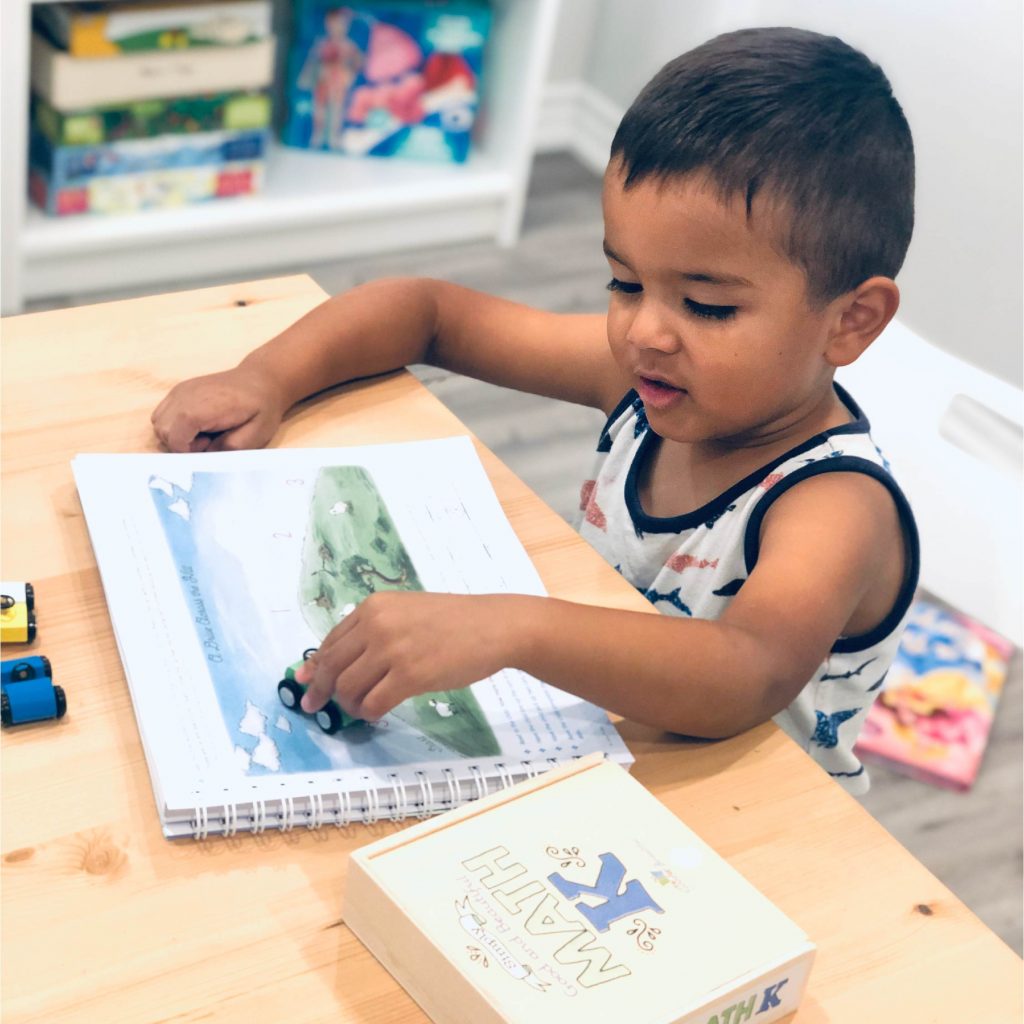
This approach slowly builds a student’s confidence and understanding of a concept over time. For example, the early levels introduce addition using manipulatives and then progress to written problems.
Students slowly progress from single-digit addition in Math 1 to adding multi-digit numbers in Math 2. They retain math concepts better than in the mastery approach because of a continued connection between new learning and prior knowledge.
#2 Reviews concepts often, helping children retain prior lessons while learning new ones.
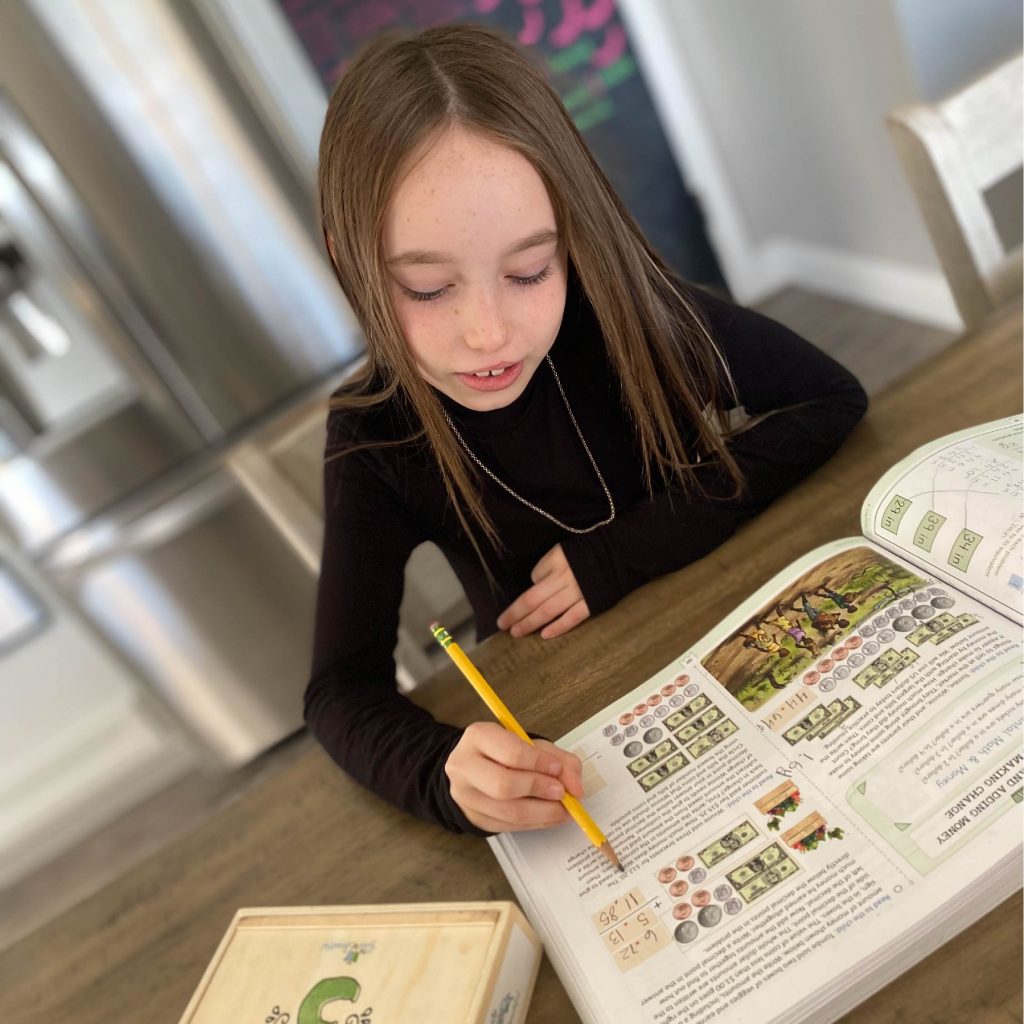
Simply Good and Beautiful Math excels at this by including review sections after each lesson. The courses provide math reviews within the same level, but also across grades.
For example, Math 3 teaches students how to identify quadrilaterals, while Math 4 and Math 5 review and build upon this concept by classifying different types of quadrilaterals.

#3 Provides variety.
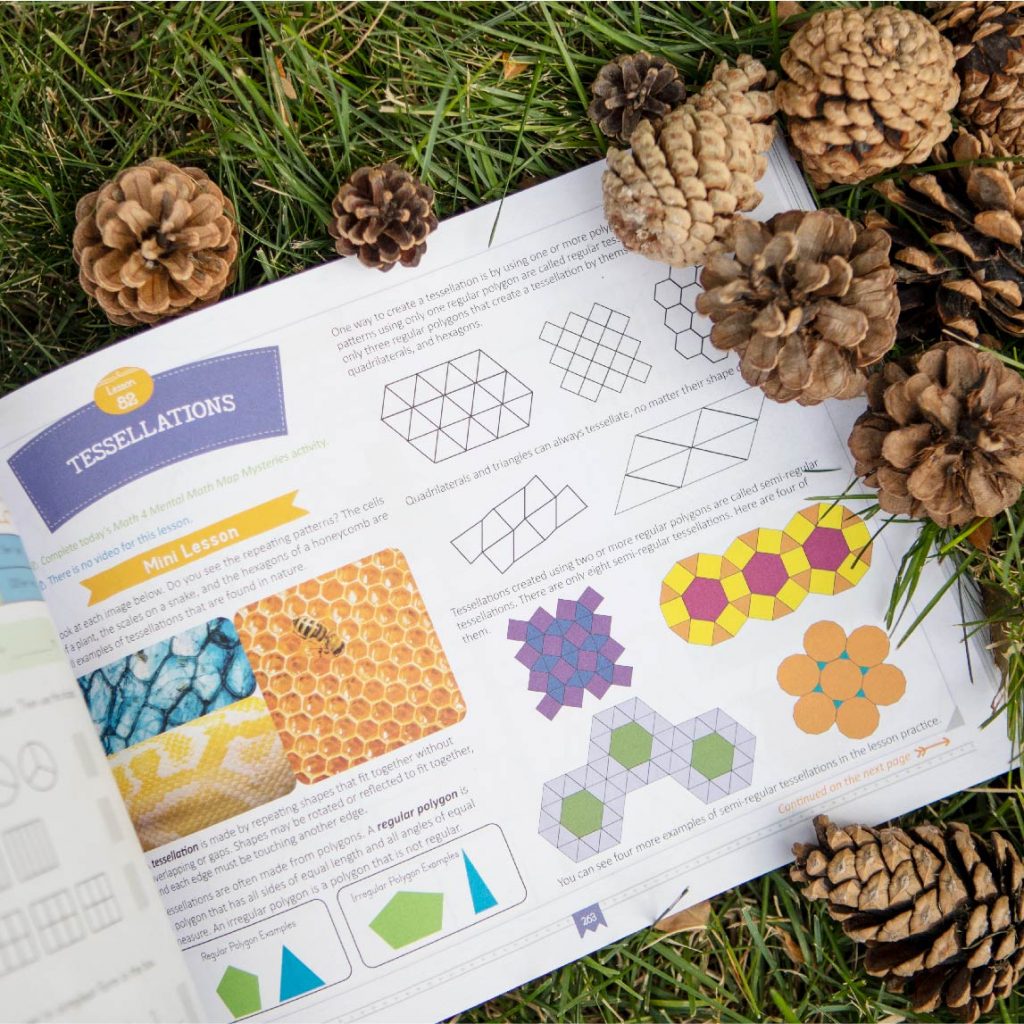
Children revisit concepts more frequently in spiral math courses than in mastery ones. They do not get stuck on one concept for a long period and then become discouraged, fatigued, or bored.
For example, Simply Good and Beautiful Math 6 provides many lessons on multi-digit multiplication and long division. The concepts continue throughout the entire course, and students master them by the end rather than in one unit. This allows other skills to grow between these important math concepts and gives students variety in their learning.
Then in Simply Good and Beautiful Math 7 students explore probability, basic statistics, and beginning geometry using engaging themes to make real-world connections to nature, God, science, art, music, engineering, and more!
A Simply Good and Beautiful pre-algebra course is in development now with an anticipated Spring 2025 release.
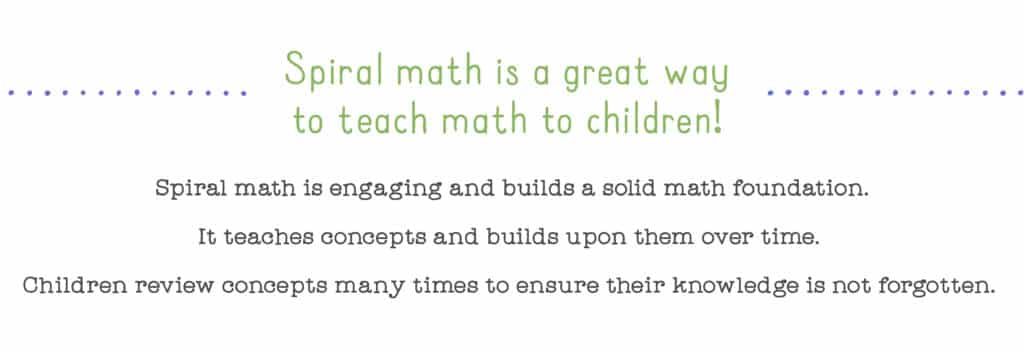

Pair these advantages of spiral math with the teaching style and quality of Simply Good and Beautiful Math, and you’ve got a winning math curriculum. It engages students with real-world math and connects them to cultures, nature, art, God, and high moral character. This curriculum builds a strong foundation in math that continues to grow throughout the years. It truly is simply good and beautiful math!

Download our free homeschool math curriculum today!

You may also like. . .

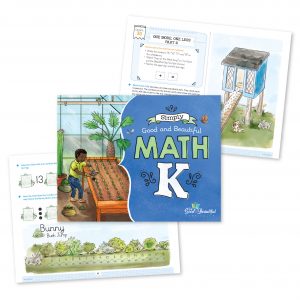
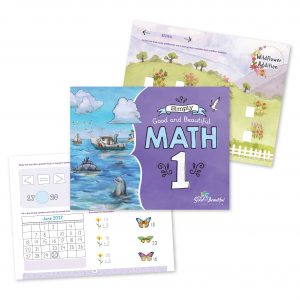
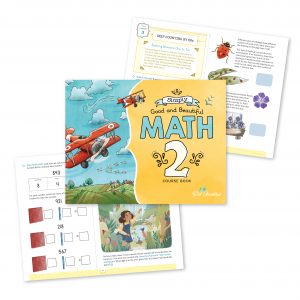
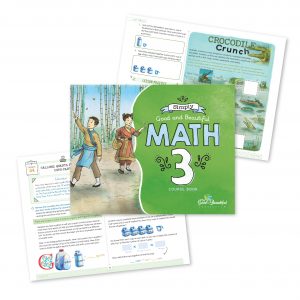
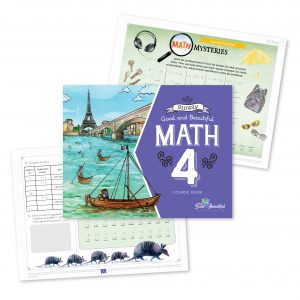
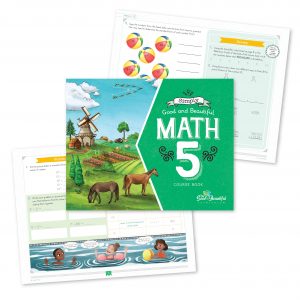
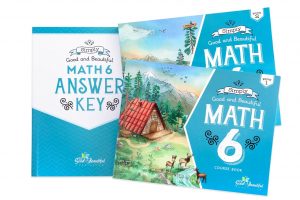
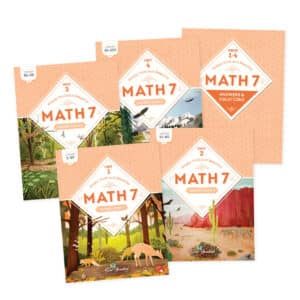
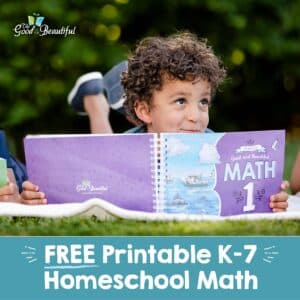
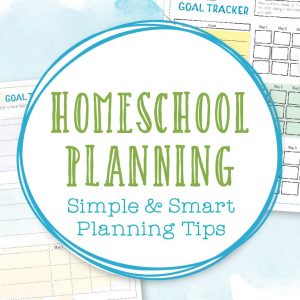

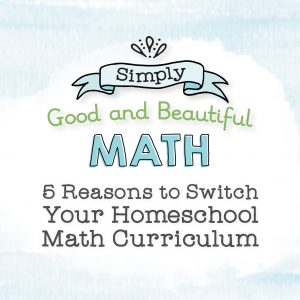

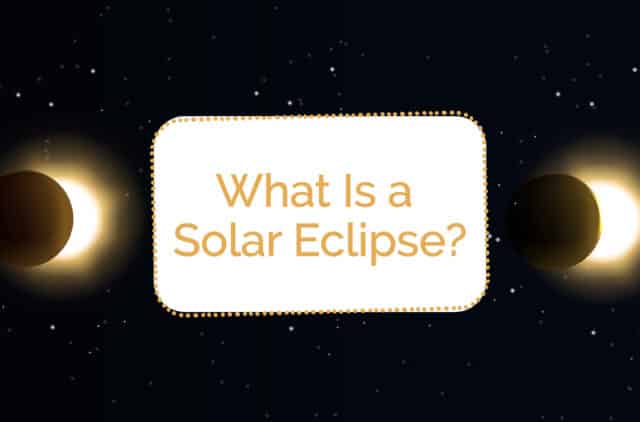
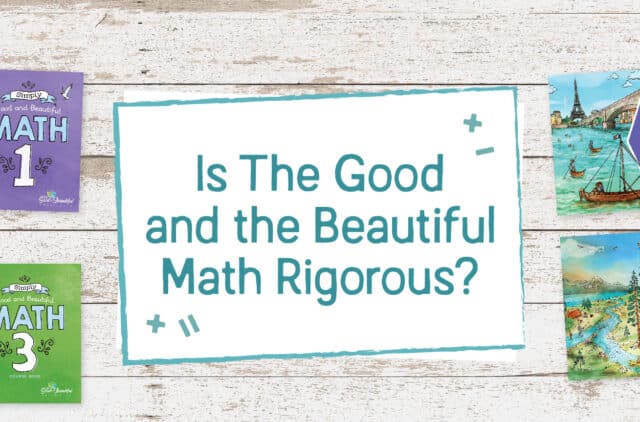
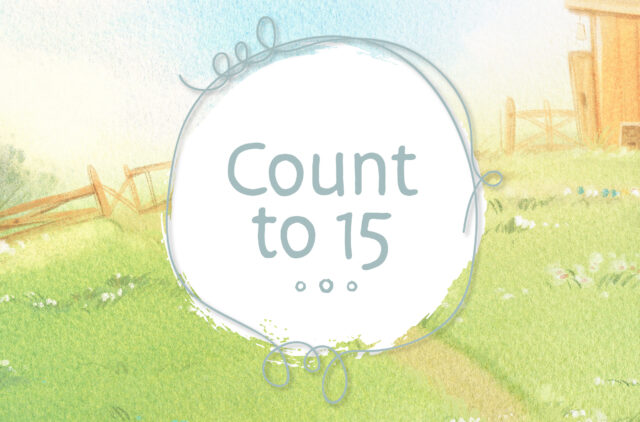
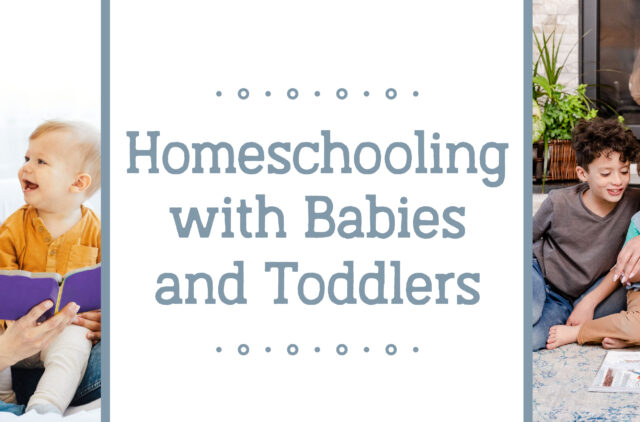
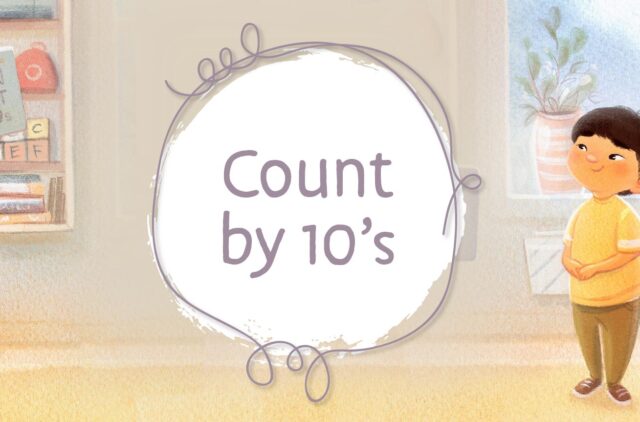
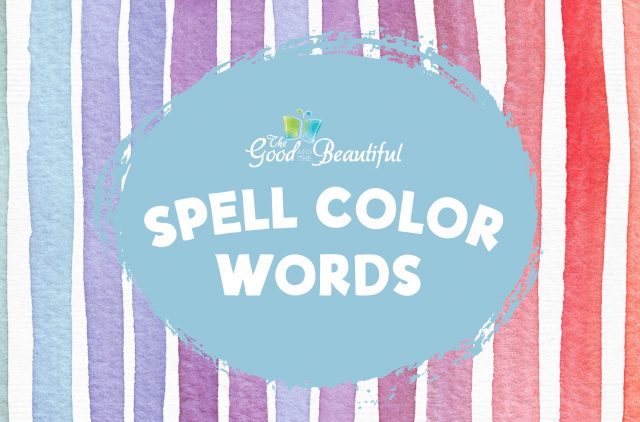

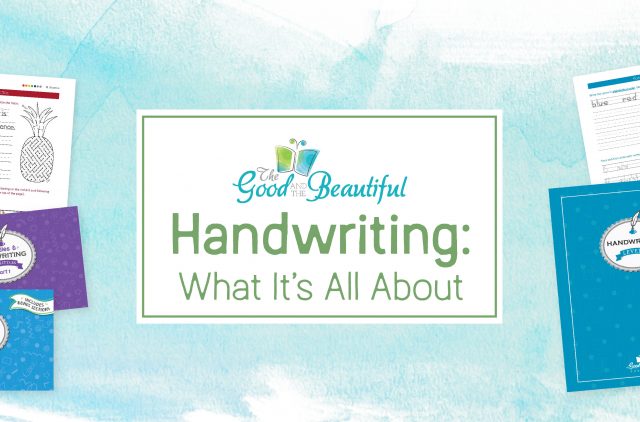
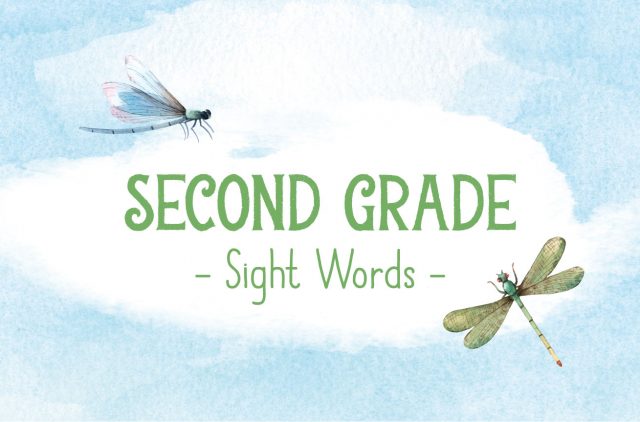
Comments
Do you think a spiral math approach is good for a student who has Dyscalculia?
Thank you for your interest in our new Simply Good and Beautiful Math courses, Gina! This will vary for each child so we would encourage you to download the free units to see if it is a fit for your child and family. While none of our courses were created with a focus on a specific need, like Dyscalculia, many families have found that they do work well for their children. We hope you find the perfect fit for your family!
To me, the spiral approach is akin to the nature of mathematics itself. Math is not a set of discrete concepts to learn and move on. It has to all be held at once to reach the destination.
This is our first year with home school and will begin shortly. My daughter was supposed to advance to 2nd grade and I figured I would buy #2math. However, after completing the math placement text she did not pass #2. Should I stick with #1 for the whole year? What are your recommendations?
Thank you for your comment and welcome to homeschooling.
While we would recommend that your daughter complete Simply Good and Beautiful Math 1, we do recognize that you know your child best and would know if she is ready for Simply Good and Beautiful Math 2. If your daughter missed placing into Math 2 by a small margin, we recommend that you review the concepts the child has not yet mastered before beginning Math 2. Although it is encouraged that the child has those important concepts mastered, Simply Good and Beautiful Math 2 reviews all the concepts assessed in the placement test. Our Simply Good and Beautiful Math 1-5 course books are available as free downloads if you wish to preview the courses before purchasing the physical books. We hope you and your daughter enjoy the course.
I tried to click on Simply Good And Beautiful Math and the link doesn’t work.
Thank you for bringing this to our attention, Kara! We’ll get it corrected. In the meantime, you can find the course sets here: https://www.goodandbeautiful.com/pre-k-8-curriculum/math/
We are just signing up. It’s my understanding that my 7th grader should be taking Math 6. Do you offer that or would he still have to take math through the school or some other math I find?
Thank you for your interest! We would suggest that you have your child take the placement test to help you select the level to begin. Math 6 and above will be released in the coming years but are not available at this time.